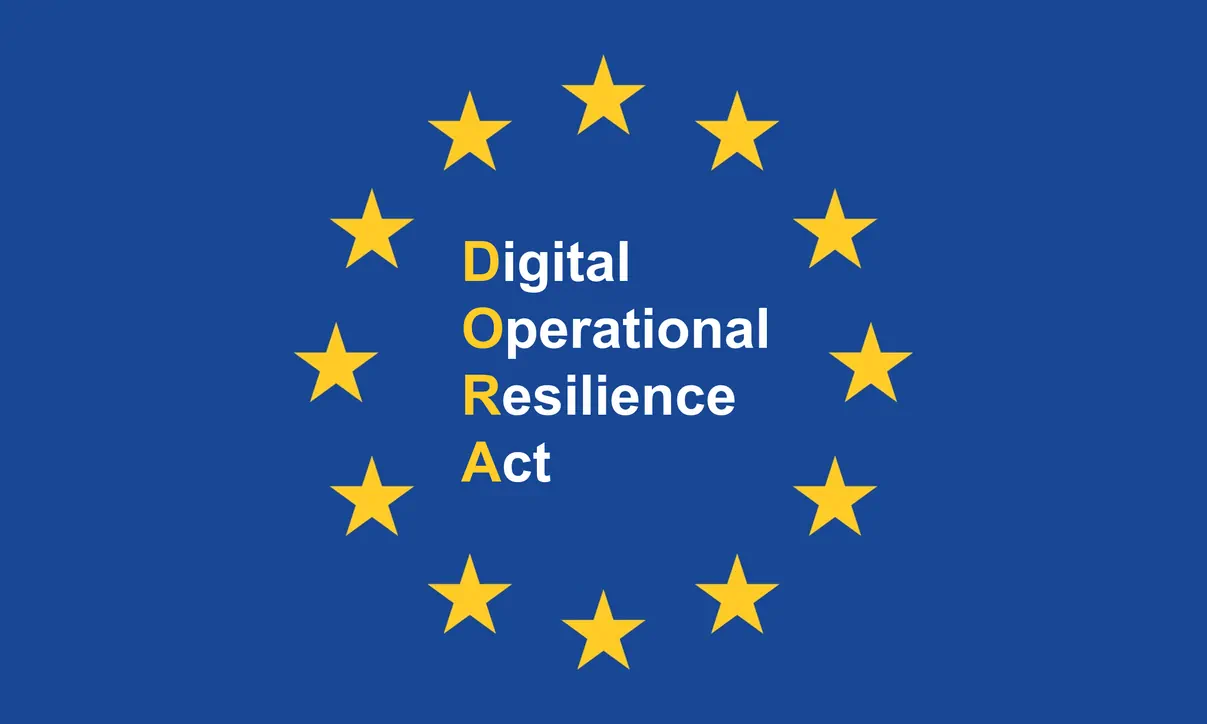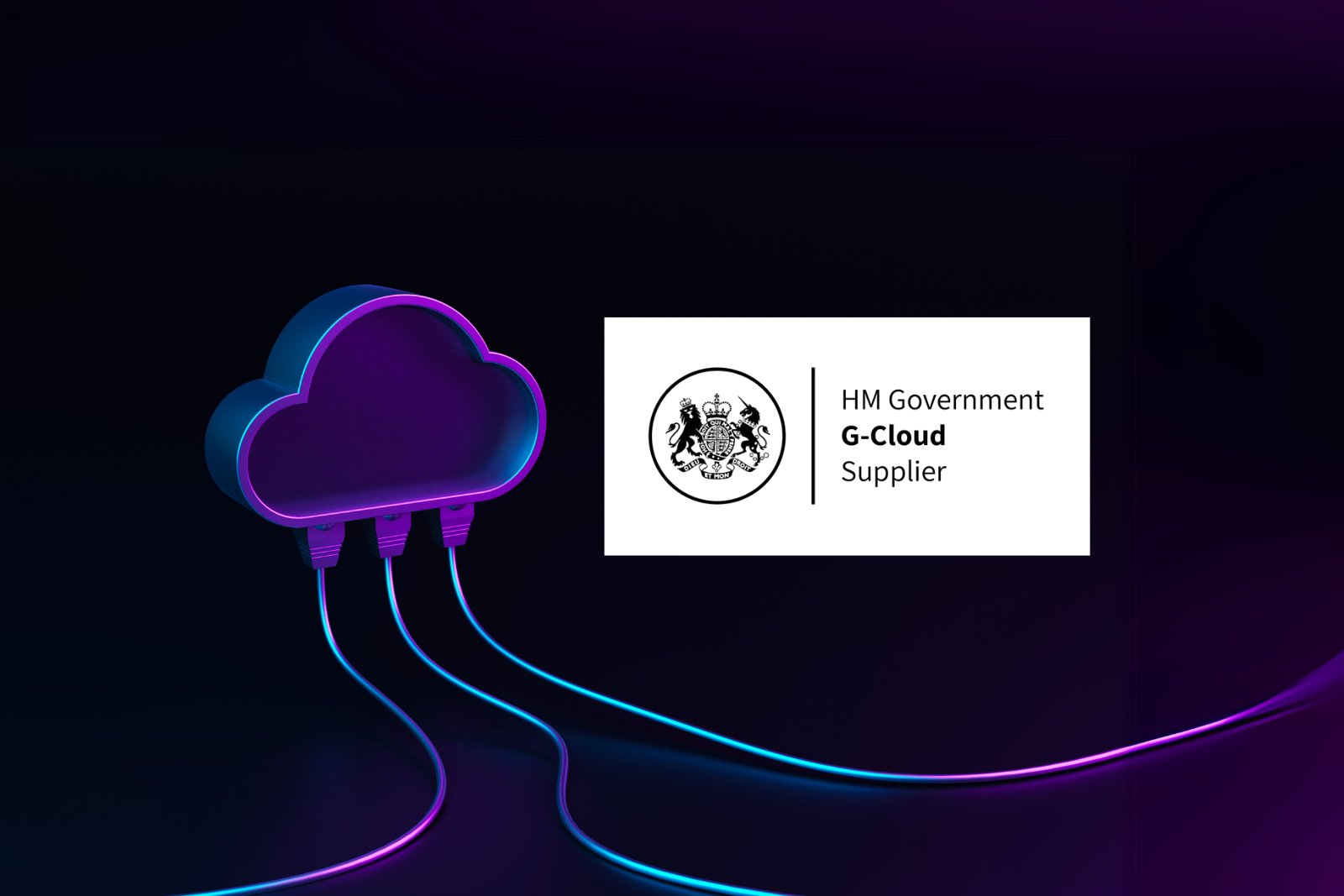KubeCon Europe 2019 kicked off on May 20th with over 8000 attendees making their way to Barcelona to discover the latest news and information around Kubernetes. Hosted by the CNCF (Cloud Native Computing Foundation) the event spanned 3 days and included some 400+ talks, tutorials and special interest groups from people all around the globe.
The venue for this year’s talk was the Fira Gran Via in Barcelona’s new business development area. This site was enormous covering a floor space of almost 250,000 square metres, meaning walking between meetings took some time – we covered on average 20,000 steps a day. The production value of the event was outstanding, with massive KubeCon branding, enormous screens, good food & drink and excellent organisation.
The event began with some keynote talks in the impressive main hall…
The keynote began with some CNCF information on how it is growing and helping new projects come to life. They currently have 15 projects in the ‘sandbox’ phase, 17 in the ‘incubating’ phase and 6 in the ‘graduated’ phase – including Kubernetes. We heard a lot of information on the incubating projects such as:
HELM – version 3 alpha release which removes the need for Tiller from the cluster
Harbor – the Open Source container registry
Rook – a storage orchestrator for Kubernetes
CRI-O – a lightweight container runtime for Kubernetes which promises to be the replacement for Docker.
The Kubernetes project is number 2 in pull requests on GitHub, second only to linux with 31,000 contributions, 164,000 commits and 1.2 million comments. There was a big focus on the Kubernetes community and how it is one of the healthiest on GitHub – enabling people to easily get involved with the project. There is a large amount of community support available including a dedicated Slack workspace – with people always willing to offer support and advice.
The Service Mesh Interface (SMI) was also introduced during a keynote speech which promises to provide a common set of APIs for vendors developing a service mesh. This means that users of Kubernetes can now change between service meshes without getting tied into specific vendors. There was a lot of focus on the Service Mesh during keynotes – with the main focus on intelligent networks; pushing network logic from the application and onto Kubernetes means developers can focus on writing feature rich code rather than coding for network issues. The service mesh also introduces a lot of telemetry information which provides great observability of running applications including logging, metrics and tracing.
There was a huge selection of talks available during the day, with the possibility of fitting 5/6 in from 9am through to 6pm. Here is a selection of some of the talks we attended:
Laying the Foundation: Real World Kubernetes Deployment Patters – Josh Ross & Craig Tracey (VMWare)
This was an interesting talk that focused on the choices that need to be made when deploying a Kubernetes cluster (which type of service, storage, networking, security etc). The main points were to design for failure, stay focused on the mission (there are a lot of new tools and distractions) and to build security in from the start.
Reperforming a Nobel Prize Discovery on Kubernetes – Ricardo Rocha, Lukas Heinrich (CERN)
CERN in partnership with Google have created a network of Kubernetes clusters to help run physics models to speed up research. Live on stage the pair were able to submit 150,000 jobs to a Kubernetes Cluster and re-discover the Higgs Boson particle.
Koping with Change: What kops Learned Adopting etcd3, cluster-api and CRDs – Justin Santa Barbara, Mike Splain
An honest and insightful look into the world of KOPS and how people try their best to maintain it while working full time jobs. KOPS are changing the way they do development, so we should see quicker releases and more frequently – with a release of KOPS 30-60 days after a Kubernetes release (although they promise to deliver an alpha release sooner). Etcd3 will be included shortly and etcd-manager will be merging with etcdadm to provide automated backups of clusters and cluster resizing etc.
After a day of talks there were some great social events including a party in a 16th century church hosted by Mirantis (K8SorDie party) that included cocktail bars, mountain bikers jumping off stage and street skateboarders outside the event.
And the official party which was held in Poble Espanyol – a purpose built Spanish village displaying architecture from all over spain throughout its history. Set up on the hill of Montjuic overlooking Barcelona offering street food and drinks throughout.
We had a wonderful experience at KubeCon 2019 in Barcelona – meeting lots of great people and learning a lot more about the Kubernetes ecosystem. What struck us most is how much work is going on in the CNCF space and how Kubernetes is being used across the globe in places you wouldn’t expect.



